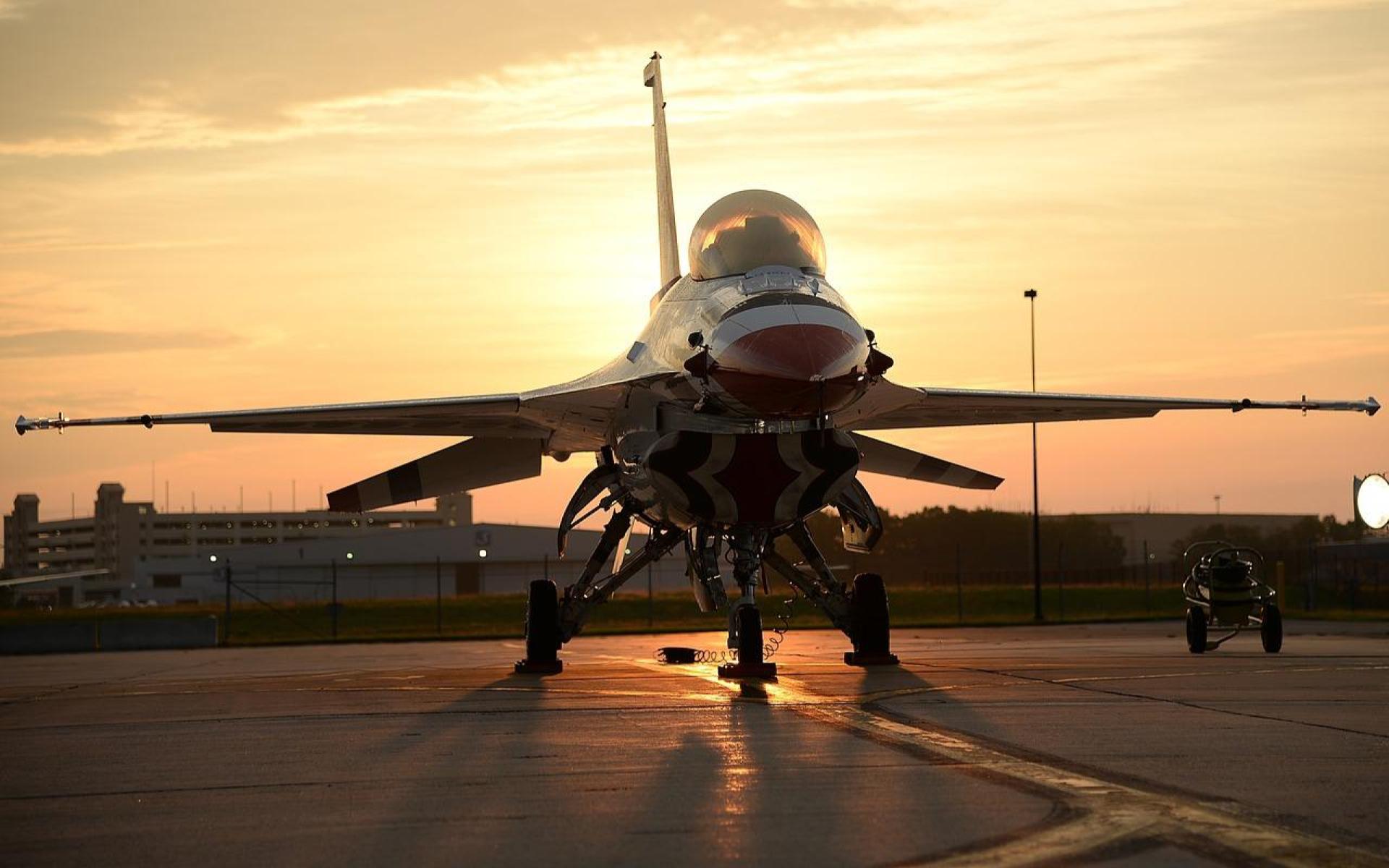Deep Dive into ARINC-429 Data Bus: This will provide you with a comprehensive overview of the ARINC-429 data bus, its architecture, and its role in facilitating efficient data exchange in avionics communication. The paper delves into the technical aspects of ARINC-429, including its physical and electrical characteristics, message structure, and protocol. Furthermore, it discusses the advantages and limitations of the ARINC-429 data bus, along with its widespread usage in various aerospace applications. By exploring the intricacies of ARINC-429, this paper aims to enhance understanding of this critical component in avionics systems.
- Introduction
The ARINC-429 data bus is a widely used communication protocol in the aerospace industry, providing a reliable and efficient means of exchanging data between avionics systems. This paper aims to delve into the technical details of ARINC-429, shedding light on its architecture, message format, and utilization in avionics communication.
- ARINC-429 Data Bus Architecture
The ARINC-429 data bus follows a point-to-point architecture, where multiple transmitting devices (data sources) can communicate with one or more receiving devices (data sinks) using a shared bus. The bus employs a unidirectional transmission, meaning data can flow only in one direction at a time.
- Physical and Electrical Characteristics
ARINC-429 operates using a balanced, differential voltage signaling scheme, where a logical “1” is represented by a positive voltage level and a logical “0” is represented by a negative voltage level. This differential signaling ensures noise immunity and reliable data transmission over long distances.

- Message Structure
ARINC-429 messages consist of 32-bit words that contain information such as data values, labels, and status bits. Each word is composed of a start bit, followed by five bits for the label, and 19 bits for the data. The remaining bits are used for parity, synchronization, and end-of-word indication. Multiple messages can be transmitted sequentially, allowing for concurrent communication.
- Protocol
ARINC-429 employs a bit-oriented protocol, where each bit is transmitted serially at a fixed data rate of 100 kilobits per second. A master-slave relationship is established between the transmitting device (master) and the receiving device (slave). The master device controls the timing and initiates the data transmission, while the slave device listens and responds accordingly.
- Advantages of ARINC-429
The ARINC-429 data bus offers several advantages in avionics communication. It provides a standardized and robust interface, ensuring interoperability among different avionics systems. The differential signaling scheme used in ARINC-429 enhances noise immunity and enables reliable data transmission. Furthermore, the simplicity and efficiency of the protocol contribute to its widespread adoption.
- Limitations of ARINC-429
While ARINC-429 has been widely used for many years, it does have some limitations. The data rate of 100 kilobits per second may be insufficient for certain high-speed applications. Additionally, the unidirectional nature of the bus limits concurrent communication. However, these limitations have been addressed by newer protocols such as ARINC-629 and ARINC-664, which offer higher data rates and bidirectional communication.
- Applications of ARINC-429
ARINC-429 is extensively utilized in various aerospace applications, including flight management systems, engine control units, display systems, and navigation equipment. Its reliability, simplicity, and widespread adoption make it a preferred choice in avionics communication, especially for legacy systems.
- Conclusion
The ARINC-429 data bus has played a pivotal role in facilitating efficient data exchange in avionics communication. Its architecture, message structure, and protocol enable reliable and standardized communication between avionics systems. While newer protocols have emerged to address certain limitations, ARINC-429 continues to be widely used, particularly in legacy systems. By understanding the intricacies of the ARINC-429 data bus, avionics engineers can effectively design and implement robust communication systems in the aerospace industry.
References:
ARINC Specification 429-18: Mark 33 Digital Information Transfer System (DITS), Aeronautical Radio, Inc. (ARINC), 2001.
ARINC Specification 429-19: Mark 33 Digital Information Transfer System (DITS), Aeronautical Radio, Inc. (ARINC), 2003.
ARINC Report 419-6: Guidance for the Design of an ARINC 429 Data Bus Network, Aeronautical Radio, Inc. (ARINC), 2012.
The ARINC 429 Protocol Tutorial, Ballard Technology, Inc., 2019. [Online]. Available: https://www.ballardtech.com/assets/files/pdf/arinc429/arinc-429-protocol-tutorial.pdf.
- Sedlock, “Avionics Full-Duplex Switched Ethernet (AFDX) Tutorial,” Harris Corporation, 2011. [Online]. Available: https://www.embedded.com/wp-content/uploads/2013/04/Sedlock_Harris.pdf.
ARINC Specification 629: High-Speed Data Communications Bus, Aeronautical Radio, Inc. (ARINC), 1993.
ARINC Specification 664: Aircraft Data Network Part 7 – Aircraft Data Network, Aeronautical Radio, Inc. (ARINC), 2012.
- B. Long and D. K. Pradhan, “ARINC 429 and Its Applications,” International Journal of Advanced Research in Computer Science and Software Engineering, vol. 2, no. 8, pp. 139-144, 2012.
- Madhumathi, K. Srihari, and M. S. Bharathi, “Performance Analysis of ARINC 429 Protocol for Avionic Applications,” International Journal of Advanced Research in Computer Engineering & Technology, vol. 1, no. 5, pp. 384-389, 2012.
- W. Welch, “ARINC 429 and Beyond,” Avionics Magazine, 2005. [Online]. Available:https://www.aviationtoday.com/2005/06/01/arinc-429-and-beyond/





